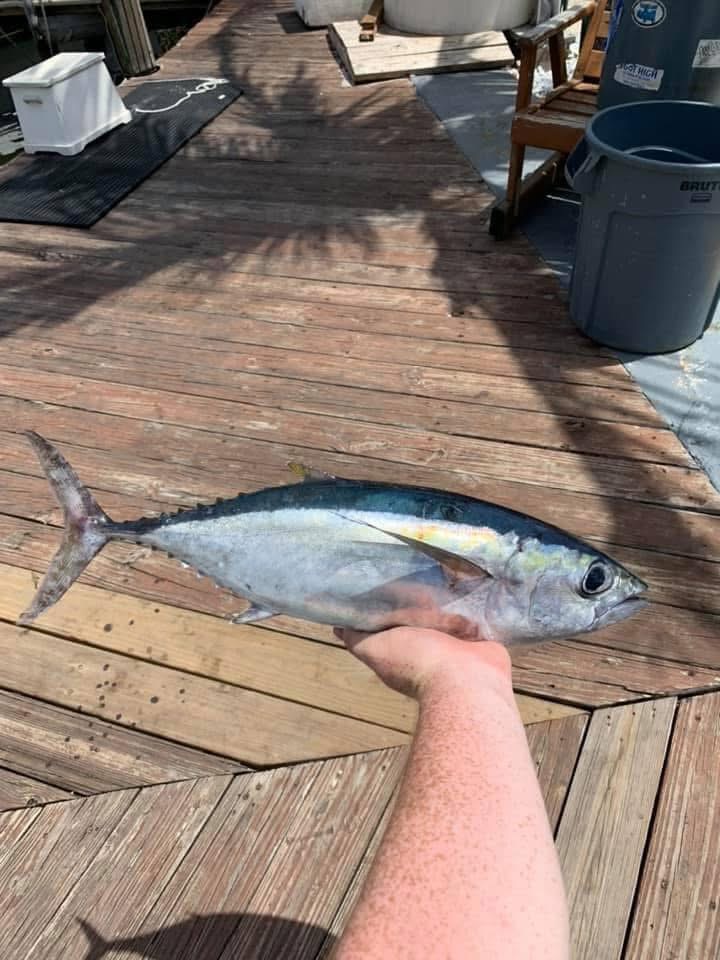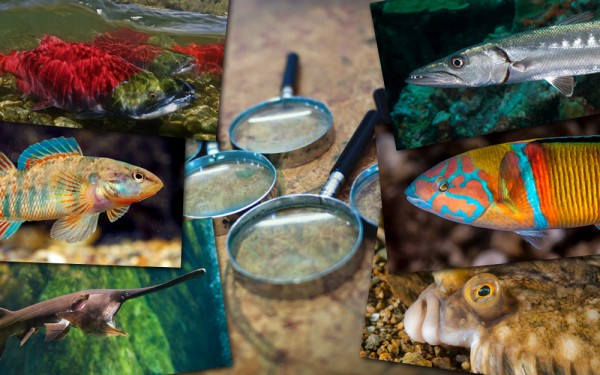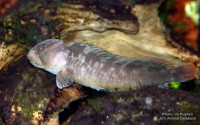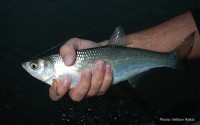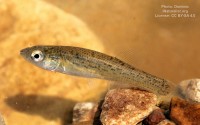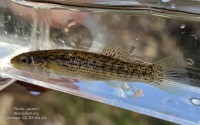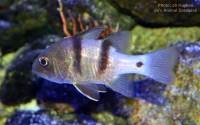Blackfin tuna
(Thunnus atlanticus)
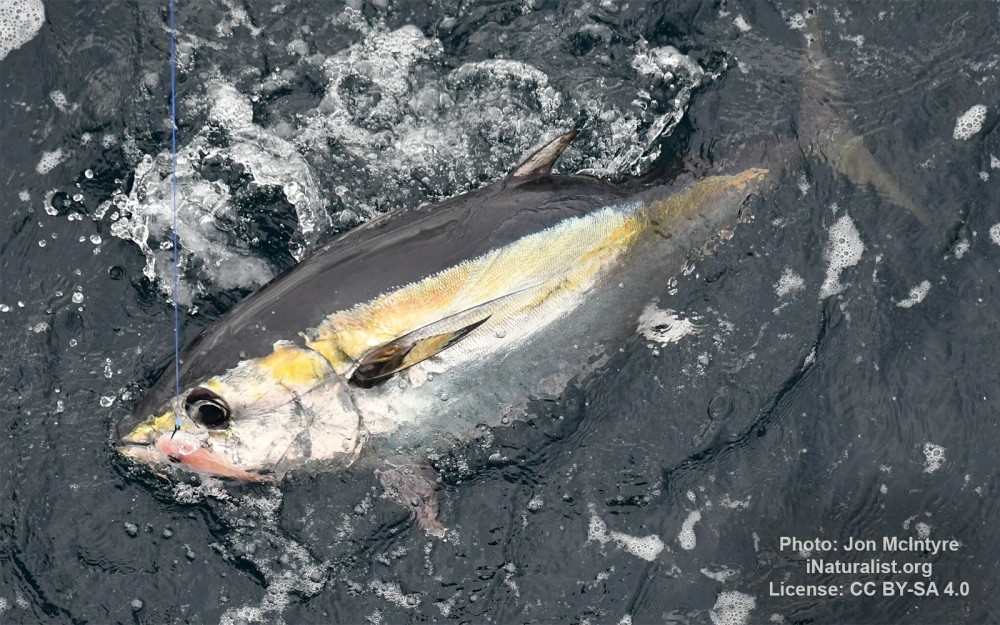
Image source: Jon McIntyre | inaturalist.org
Classification
General data
The blackfin tuna (Thunnus atlanticus) is a species of tuna in the family Scombridae. It is occasionally referred to as the Bermuda tuna, blackfinned albacore, or deep bodied tunny.
They are the smallest tuna species in the genus Thunnus, generally growing to a maximum of 100 cm (39 in) in length and weighing 21 kg (46 lb).
Blackfin tuna are considered tropical, warm water fish. They have a relatively small distribution throughout the Eastern Coast of North and South America. They are located from Massachusetts to Rio de Janeiro in Brazil, and also inhabit the Gulf of Mexico and the Caribbean Sea.
Their oval shaped bodies have a dark blue to black colored back. The sides and belly of the fish are silver, which gives them an iridescent appearance in the water, with a lateral yellow stripe. They have durable, compact scales with an oblique mouth.
Blackfin tuna have small dorsal finlets with a brownish coloration and white edges, a distinguishing characteristic from the yellow dorsal fins seen in other types of tuna. These dorsal finlets draw a line between the two large dorsal fins and the tail.
Blackfin tuna can also be distinguished from other types of tuna based on their number of gill rakers. Most species of tuna have a minimum of 30 gill rakers, while blackfin tuna only have 20–23, the fewest of all species.
Additionally, blackfin tuna have a smooth ventral surface on their liver found in the chest cavity, while other species have striations on their ventral surface.
